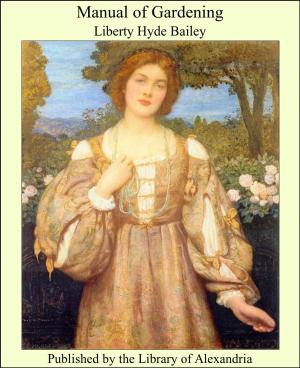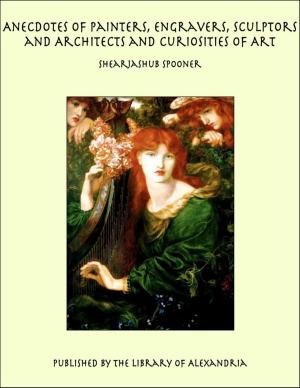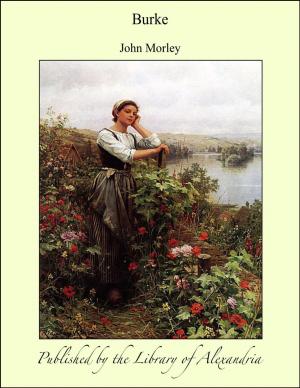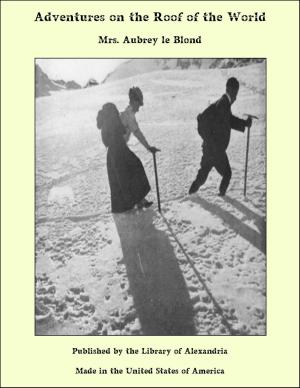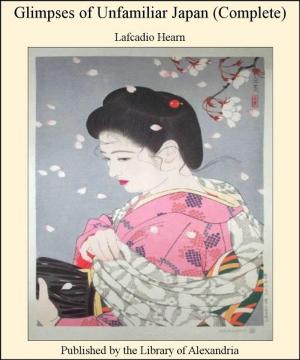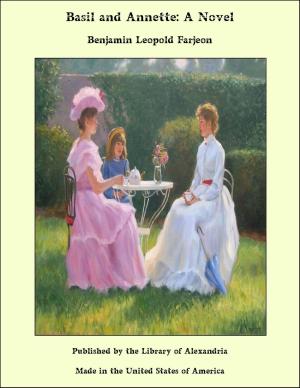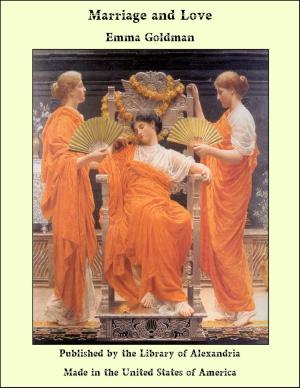Hymns of the Tamil Saivite Saints
Nonfiction, Religion & Spirituality, New Age, History, Fiction & Literature| Author: | F. Kingsbury | ISBN: | 9781465536020 |
| Publisher: | Library of Alexandria | Publication: | March 8, 2015 |
| Imprint: | Language: | English |
| Author: | F. Kingsbury |
| ISBN: | 9781465536020 |
| Publisher: | Library of Alexandria |
| Publication: | March 8, 2015 |
| Imprint: | |
| Language: | English |
The Hymns and their Significance THE voice of chanting and song, to the accompaniment of unfamiliar instruments, floats out over the high wall of the temple in the coolness of the evening or the dawn, making the Western passer-by wonder what it is that is being chanted and sung. If only he had a Hindu hymn-book he thinks he could learn from it the spirit of Hinduism as well as a non-Christian could learn Christianity from Christian hymns. For the Tamil country at any rate there is such a hymnbook, and our present aim is to give enough specimens from it for readers to know what the hymns are like. Englishmen are wanting to understand India more than they ever wanted before, for their debt to India is heavy. Indians are wanting more than ever before to know the wonderful past of their own country, and the wonder of it is all bound up with its religion. At such a time these hymns are worth looking into, for they are being sung in temples and homes throughout the Tamil country, and Tamil is the mOther-tongue of more than eighteen millions of people. For pious Saivites they equal in authority the Sanskrit Vedas; the mere learning of them by rote is held to be a virtue, and devout. Tamil parents compel their children to memorize them in much the same way as Christian parents make their children learn the Psalms. The hymns here given are specimens from the Devaram and the Tiruvachakam. The Devaram is the first of the collections of works held as canonical by Tamil Saivites. Its hymns were composed between six and eight hundred A.D. by the three authors of whom this book gives some account, and the whole was put together in one collection of 797 stanzas by Nambi Andar Nambi about 1000 A.D. The Tiruvachakam, or Sacred Utterance, was written by one author, Manikya Vachaka (Tamilized as Manikka Vasahar) at a date so far unsettled that scholars are still divided on the question whether it preceded or followed the Devaram, though most scholars place it in the ninth, or early in the tenth, century. Whenever it was written, it stands even higher than the Devaram in the affections of Tamil people. Out of an immense number of hymns we have tried to select those which are most representative, those which are favourites, and those which contain the most striking thoughts. But it is amazingly difficult to give a fair or adequate idea of them in an English rendering. They are essentially songs, intended to be sung to Indian tunes, in metres which no English metre can represent. Much of their charm depends upon assonance, upon plays upon words, upon close knitting of word with word, upon intricacy of metre and rhyme, almost as much as upon the substance. We can only claim a fair degree of accuracy in our renderings, apologizing to the lovers of Tamil poetry for the plainness and poverty of our representation of so rich and varied an original. All our translations are new, and nearly all of those from the Devaram represent verses which have never before been done [p. 3
The Hymns and their Significance THE voice of chanting and song, to the accompaniment of unfamiliar instruments, floats out over the high wall of the temple in the coolness of the evening or the dawn, making the Western passer-by wonder what it is that is being chanted and sung. If only he had a Hindu hymn-book he thinks he could learn from it the spirit of Hinduism as well as a non-Christian could learn Christianity from Christian hymns. For the Tamil country at any rate there is such a hymnbook, and our present aim is to give enough specimens from it for readers to know what the hymns are like. Englishmen are wanting to understand India more than they ever wanted before, for their debt to India is heavy. Indians are wanting more than ever before to know the wonderful past of their own country, and the wonder of it is all bound up with its religion. At such a time these hymns are worth looking into, for they are being sung in temples and homes throughout the Tamil country, and Tamil is the mOther-tongue of more than eighteen millions of people. For pious Saivites they equal in authority the Sanskrit Vedas; the mere learning of them by rote is held to be a virtue, and devout. Tamil parents compel their children to memorize them in much the same way as Christian parents make their children learn the Psalms. The hymns here given are specimens from the Devaram and the Tiruvachakam. The Devaram is the first of the collections of works held as canonical by Tamil Saivites. Its hymns were composed between six and eight hundred A.D. by the three authors of whom this book gives some account, and the whole was put together in one collection of 797 stanzas by Nambi Andar Nambi about 1000 A.D. The Tiruvachakam, or Sacred Utterance, was written by one author, Manikya Vachaka (Tamilized as Manikka Vasahar) at a date so far unsettled that scholars are still divided on the question whether it preceded or followed the Devaram, though most scholars place it in the ninth, or early in the tenth, century. Whenever it was written, it stands even higher than the Devaram in the affections of Tamil people. Out of an immense number of hymns we have tried to select those which are most representative, those which are favourites, and those which contain the most striking thoughts. But it is amazingly difficult to give a fair or adequate idea of them in an English rendering. They are essentially songs, intended to be sung to Indian tunes, in metres which no English metre can represent. Much of their charm depends upon assonance, upon plays upon words, upon close knitting of word with word, upon intricacy of metre and rhyme, almost as much as upon the substance. We can only claim a fair degree of accuracy in our renderings, apologizing to the lovers of Tamil poetry for the plainness and poverty of our representation of so rich and varied an original. All our translations are new, and nearly all of those from the Devaram represent verses which have never before been done [p. 3



